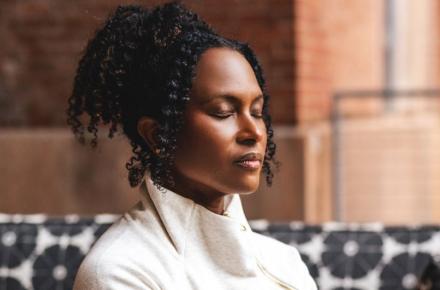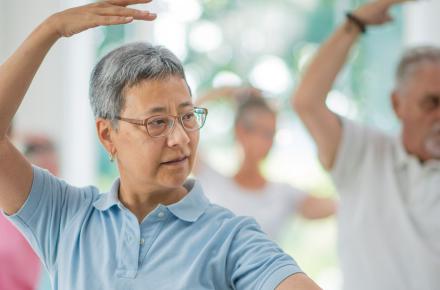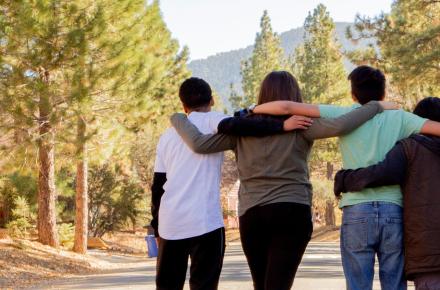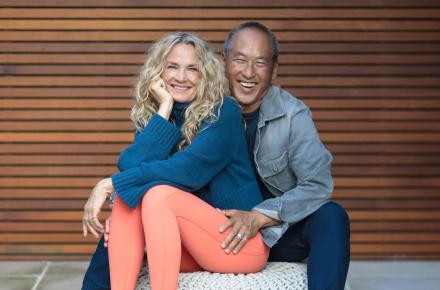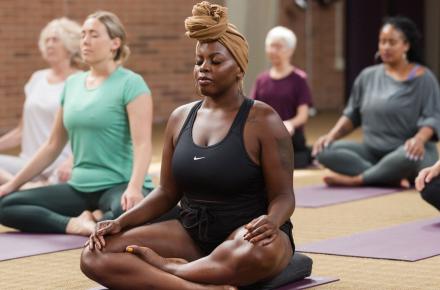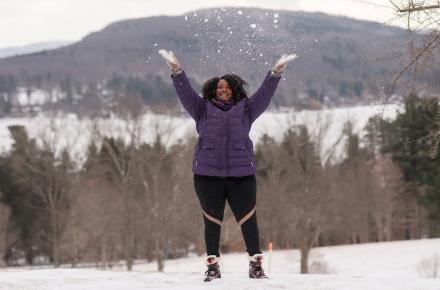Yoga and Trauma: Reclaiming the Body
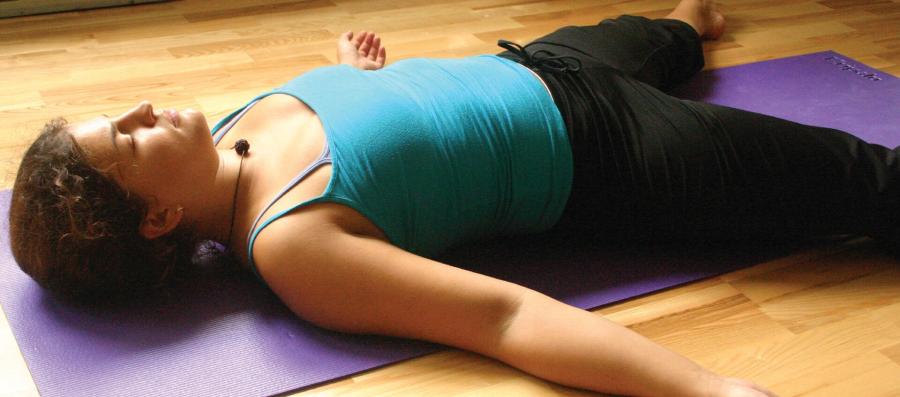
Imagine yourself in a yoga class, practicing your usual flow. Then something unusual happens. Suddenly, as you move into Pigeon pose, you are flooded with intense sensations. They fill your body—hot, fiery, overwhelming. The sensations are coupled with frightening images and memories you have tried to push aside, forget, exile. Now, here on your mat, they have moved, unapologetically, to the forefront of your mind. As scary as it feels, it might be the first step in healing from trauma.
Research shows that yoga seems to help trauma survivors with skills such as self-regulation, increased positive body awareness, and improved attunement with others. In one study, women with complex trauma who had been through therapy, but continued to experience symptoms, were divided into a 10-week yoga group or a Women's Health Education group. The yoga group received yoga once a week, while the education group came together each week to talk or participate in shared activities. After 10 weeks, those who had participated in the yoga program experienced a significant reduction in PTSD symptoms compared to the control group. In fact, 52 percent of participants in the yoga group no longer met the criteria for PTSD, compared to 21 percent of the control group. The yoga group also reported a decrease in dissociative symptoms.
But can any yoga class offer these benefits? Scientists have found that the type of yoga practiced can significantly impact a trauma survivor’s experience. David Emerson, a Kripalu Yoga and trauma-sensitive yoga teacher, offers these suggestions on how to make yoga more accessible to trauma survivors:
Slow and gentle yoga tends to be more beneficial than fast, intense practice. For trauma survivors, it can be frightening and uncomfortable to re-develop a relationship with the body. Physical sensation can trigger intense memories and flashbacks. I’ve heard of stories of students coming out of class in uncontrollable tears, which can be scary for both student and teacher. Without proper guidance, a trauma survivor can experience yoga as a re-traumatization rather than a release. Dave has found that slow, steady movement creates the space for students to reconnect with themselves at their own pace and begin to cultivate control over their experience—abilities that they lost when the trauma occurred.
Learning to listen deeply to the body is key. Trauma survivors often ignore their body’s cues when sensations and emotions become overwhelming, and instead push through the experience without paying attention to what’s really going on. Trauma-sensitive teachers remind students to listen to their own needs and their own bodies, to move away from reacting to external expectations, and toward internal listening and guidance. Trauma leaves people powerless, so developing the ability to consciously decide when to stop or when to go deeper into a pose is an essential part of the healing process.
Practice on the mat is supported by processing off the mat. One of the safest ways to utilize yoga as a healing modality for trauma is to pair it with traditional therapy. Yoga can be a powerful way to access challenging feelings and memories, and working with a trained therapist helps trauma survivors makes sense of these experiences and process them for healing and growth. Yoga teachers would be well advised to have a few recommendations for therapists on hand, for students who share that trauma is surfacing for them on the mat.
When these guiding principles are followed, yoga can offer tools to come back into the body, empowering students to begin reclaiming their inner experience.

























